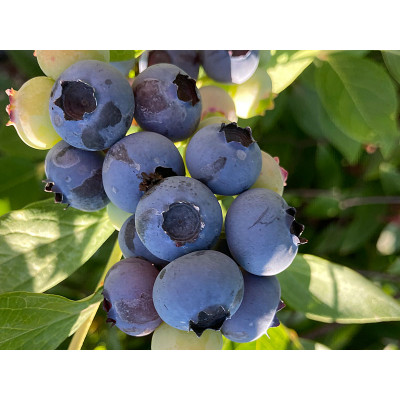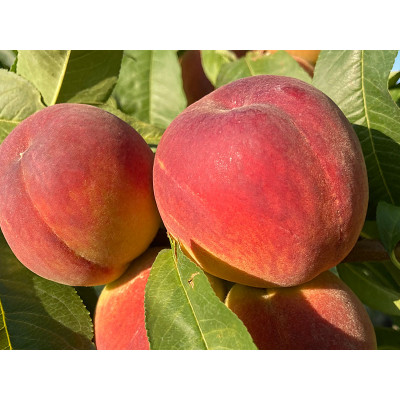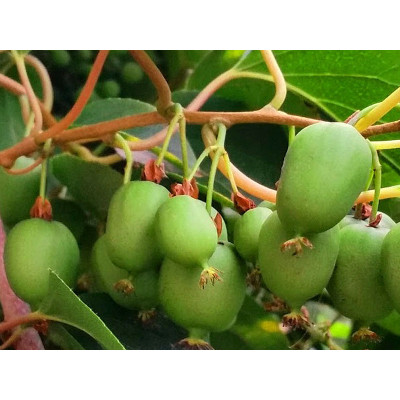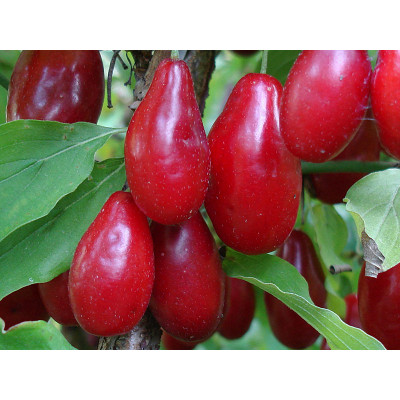BIO Hazel (Corylus avellana)
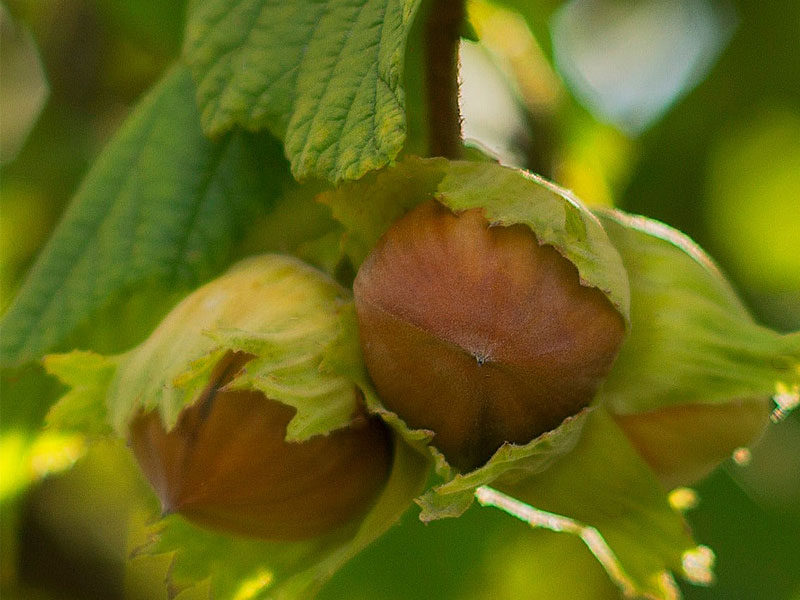
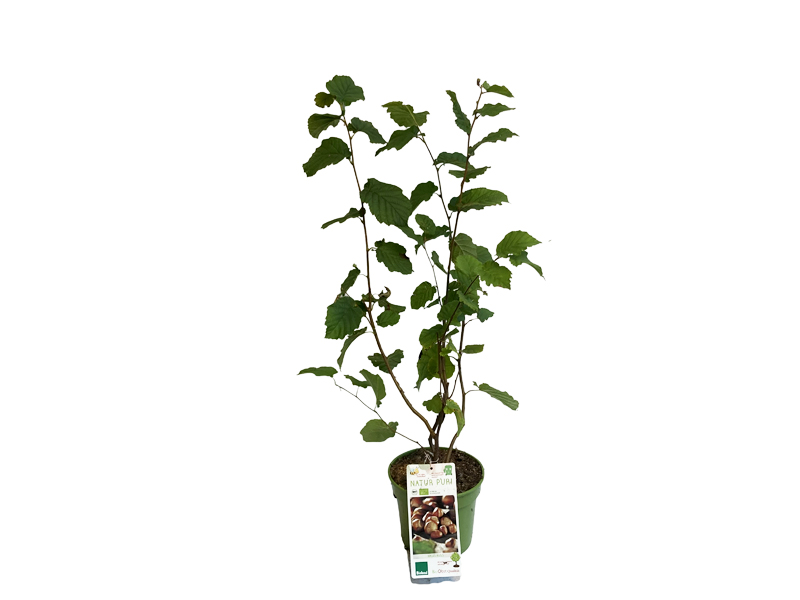
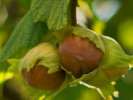

- The shipping price depends on the weight of the ordered goods (the more products, the cheaper the price)
- after you have placed the plants in the shopping cart, enter “calculate provisional shipping price” in the shopping cart, after entering the data the eshop will calculate the provisional shipping price for you.
Ask a Question About This Product
| Specifications | |
| Height at sale | 80cm |
| Pot | 3l |
| Sell as | 2 year old |
We send goods on Monday, Tuesday, Wednesday, by agreement also Thursday or Friday.
- Stock: In Stock
- Model: Corylus
The hazel (Corylus avellana) is a popular tree or shrub in the common garden. It is one of the low-yielding species, as the main reason for growing it is to produce hazelnuts. These are a nutritious and tasty fruit, rich in healthy fats, protein, fibre, vitamins and minerals. The most important components are vitamin E, vitamin B6, magnesium, phosphorus and potassium. They are also a source of antioxidants and unsaturated fatty acids, which promote heart and nervous system health and help prevent inflammatory diseases. The daily recommended dose is a handful of nuts. They have a special importance not only in a healthy diet, but also in confectionery production. They have a pleasant taste and this taste may attract other inhabitants of gardens and parks.
Caring for hazel
In terms of care, hazel does not represent a difficult plant to grow and does not require any major care during the year. Until it is fully rooted, it will not cope with drought without assistance and manual watering. Hazel prefers a sunny or semi-shaded site and a well-drained, slightly acidic to neutral soil. Acidity can be added to ordinary garden soil with bark or compost made up of garden waste from conifers. It can reach or exceed 5 metres without a trellis. Young plants need to be watered regularly until they are well established. Growth can be slowed by disturbance, to which hazel is sensitive. It is the mulch around it that can provide a slightly acidic pH, preventing drying out and at the same time preventing weeds from growing thicker.
A variety listed as self-pollinating has the advantage of not needing an additional pollinator to increase fruit production. However, if a second pollinator is nearby, this is always an advantage for the pollination process. Hazelnuts are usually easy to prune, but regular pruning is useful for optimum growth and a good nut crop. The best time to prune is in late winter or early spring, before leaf buds begin. Remove old, damaged or overlapping branches to improve airflow in the crown and encourage the growth of new fruiting shoots. For young trees, shaping pruning is also often carried out to ensure the correct shape and distribution of branches.
Harvesting and storage of hazelnuts
Hazelnuts are harvested in autumn when they are fully ripe and beginning to fall to the ground. Ripe hazelnuts have a hard shell and a pleasant flavour that is fresher and slightly juicier than that of dried hazelnuts. After harvesting, the nuts can be dried in a dry and well-ventilated place to prolong their shelf life. Poorly stored nuts can become mouldy, so it is important to keep them in a dry place and to dry the nuts sufficiently.
Pests and diseases
Hazelnuts are relatively resistant to disease and pests, but there are some pests that can cause problems. The most common pests are wood borers and hazel twig borers, which lay their eggs in the fruit, thus devaluing production and growers' expectations. The larvae feed on the inside of hazelnuts, damaging them. It is advisable to inspect the fruit regularly and to remove (burn) the infested ones in order to prevent the spread of the pests by these larvae. Other pests that can attack hazelnuts are aphids, which feed on the juices of the leaves and shoots, weakening the plant. Biological or chemical means can be used against them, as well as natural solutions. In general, hazel grown in too humid an environment can be susceptible to fungal diseases. Aeration of the crown can help.


